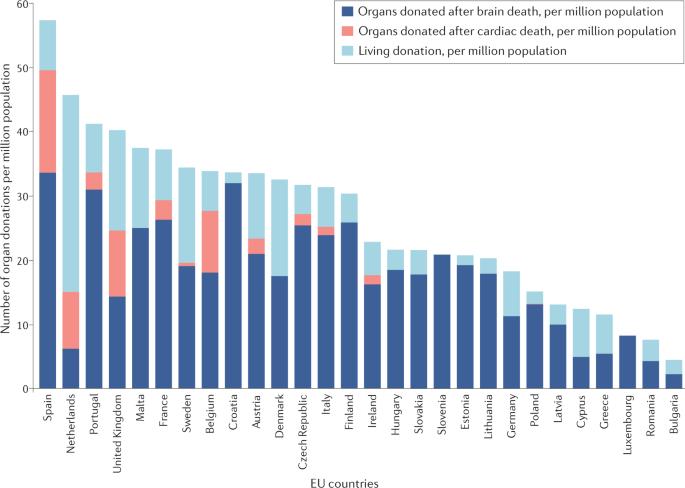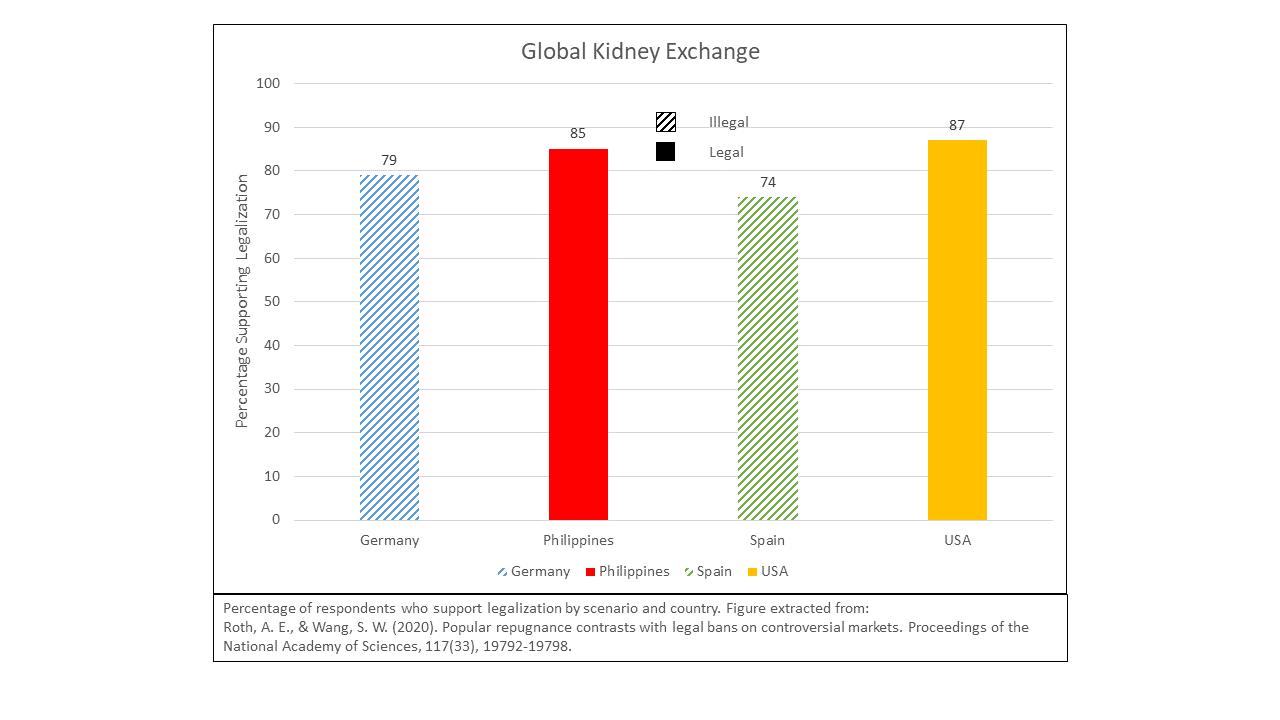Here's a recent paper that looks at the assignment of students to some of France's Grandes Ecoles, and draws some conclusions about the preferences for those schools.
SIGEM : analyse de la procédure d’affectation dans les grandes écoles de management,, Vincent Iehlé, Julien Jacqmin, Dans Revue économique 2023/2 (Vol. 74), pages 139 à 168 (SIGEM: analysis of the assignment procedure in major management schools)
"First, we list the expected properties of the assignments produced by the SIGEM. To do this we identify the SIGEM algorithm. It is quite standard in this type of environment since it is the “schools” version of the algorithm of Gale and Shapley [1962]. Based on this information, we show that assignments satisfy a stability property that is crucial in educational systems since it guarantees fair treatment of declared wishes and rankings. On the other hand, the use of this version of the algorithm of Gale and Shapley [1962], in opposition to the "candidate" version, raises two reservations concerning, on the one hand, the sub-optimality of the assignments from the point of view candidates and, on the other, the theoretical absence of simple strategies for candidates to play when submitting their wishes. This theoretical analysis of the algorithm is completed by a discussion on the specificities of the SIGEM procedure which can explain the formation of strategic behaviors. The second contribution concerns the use made of the results of this procedure in the case of SIGEM. We show how post-assignment data is used to determine the influential ranking of SIGEM from the so-called cross-dismissal matrix, itself based on the candidates' revealed preferences and their final assignments. The last contribution concerns the exploitation of a stylized fact which justifies the joint analysis of the algorithm and the SIGEM classification. The post-assignment data indeed reveal the existence of a hierarchy of schools that is very rigid and that achieves a consensus among students. This point is particularly interesting because it finally allows to have a finer look at the theoretical properties of the algorithm, the alignment of the preferences of the candidates tending to limit the impact of the negative effects associated with the use of the version "schools" of the algorithm of Gale and Shapley [1962]."
...
"Figure 2 presents for each school the number of ranked candidates and the number of wishes expressed for the school among these ranked. It seems to confirm the existence of these voluntary self-censorship strategies. In particular, we observe a significant loss for schools of average attractiveness (for example, AUDENCIA, NEOMA, SKEMA) which are more likely to be subject to both downward and upward truncation on the part of candidates ."
********
Recall also,
Strategic Issues in the French Academic Job Market, by Guillaume Haeringer, Vincent Iehlé In Revue économique Volume 61, Issue 4, 2010, pages 697 to 721




.jpg)






